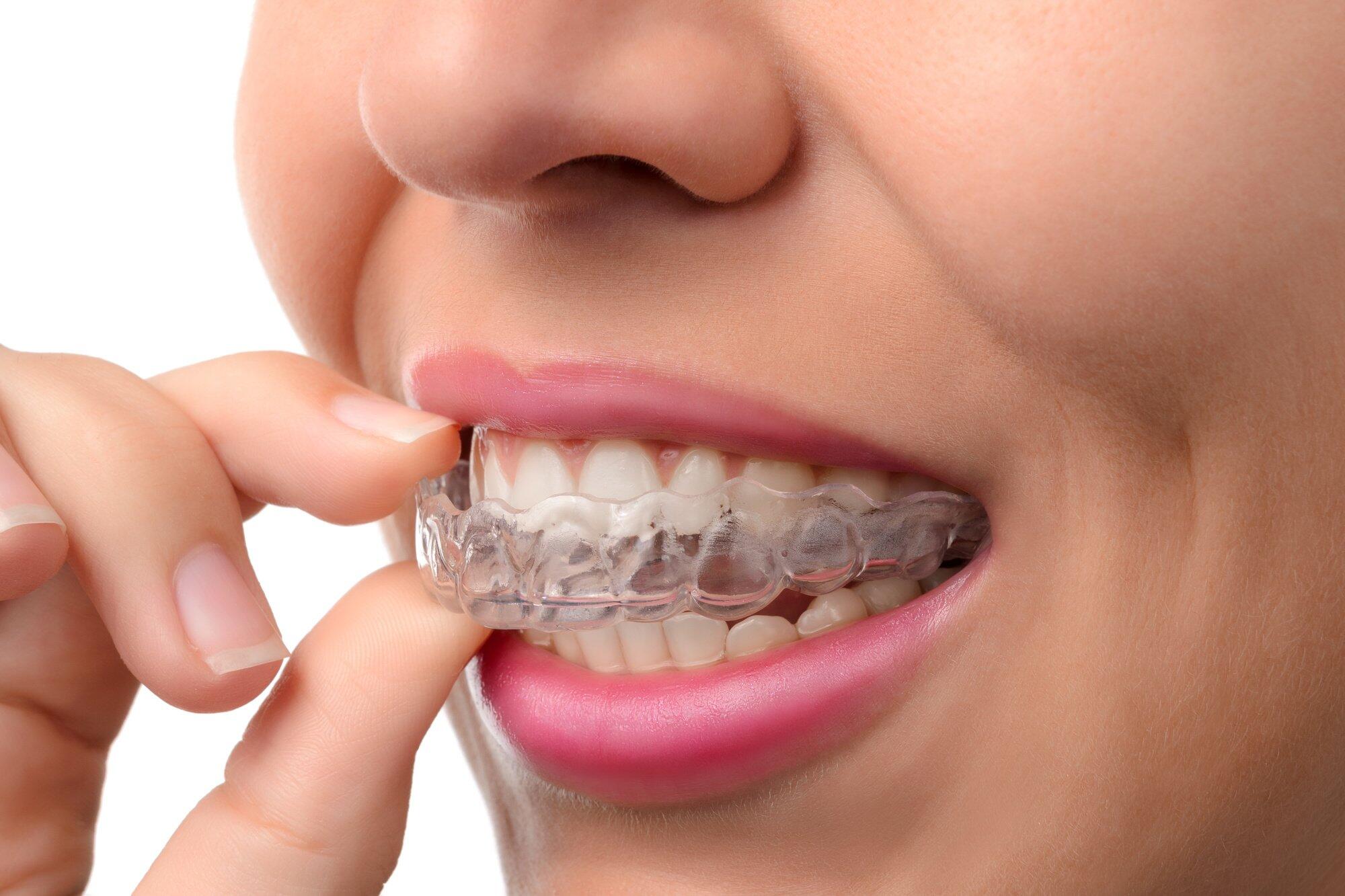All Star Family Orthodontics for Dummies
Table of ContentsUnknown Facts About All Star Family OrthodonticsThe Ultimate Guide To All Star Family OrthodonticsThe All Star Family Orthodontics DiariesThe Main Principles Of All Star Family Orthodontics What Does All Star Family Orthodontics Mean?

In enhancement, we use adjustable therapy routines, adaptable repayment options and an enjoyable, pleasurable experience.
An orthodontist is a dental professional trained to identify, prevent, and deal with teeth and jaw abnormalities - (https://linktr.ee/alstrfmlyrth). They remedy existing conditions and are educated to determine problems that may develop in the future. Orthodontists collaborate with people of all ages, from children to adults. People frequently connect a best smile with health.
Malocclusion, or misaligned teeth, can lead to dental problems, consisting of dental cavity, gum condition, and challenging or uncomfortable chewing. Not everyone is birthed with straight teeth. If you have a bad bite or huge spaces between your teeth, you may desire to get in touch with a dental expert specializing in orthodontic treatment.
The Best Guide To All Star Family Orthodontics
(Image Credit Score: DigitalVision/Getty Images) Orthodontists utilize repaired and detachable oral tools, like braces, retainers, and bands, to change the setting of teeth in your mouth. Orthodontic treatment is for oral irregularities, consisting of: Misaligned teethBite problems, like an overbite or an underbiteCrowded teeth or teeth that are also much apartJaw misalignmentThe goal of orthodontic therapy is to enhance your bite.
While you may think of orthodontists as mainly for children or young adults who need braces, they can fix dental problems at any type of age. Orthodontists attend university, dental school, and orthodontic institution.
, however not all dental experts are orthodontists. They focus on 2 areas: Exactly how to properly and safely relocate teeth How to appropriately lead growth in the teeth, jaw, and faceOnce an orthodontist has finished training, they have the alternative to become board certified.
Indicators on All Star Family Orthodontics You Need To Know
Misalignment, or malocclusion, is the most common reason people see an orthodontist. It is genetic and is the result of dimension differences in between the upper and lower jaw or in between the jaw and teeth. Malocclusion results in tooth overcrowding, a twisted jaw, or uneven bite patterns. Malocclusion is normally treated with: Your orthodontist affixes metal, ceramic, or plastic square bonds to your teeth.
If you have just small malocclusion, you may have the ability to make use of clear braces, called aligners, as opposed to conventional dental braces. Some people require a headwear to aid relocate teeth into line with stress from outside the mouth. After dental braces or aligners, you'll need to put on a retainer. A retainer is a personalized tool that maintains your teeth in position.

You might require to see an orthodontist if you have: Crowding or not enough area for every one of your teethOverbite, when your upper teeth come over your base teethUnderbite, when your bottom teeth are as well much forwardSpacing or concerns with gapsCrossbite, which is when your upper teeth fit behind your bottom teeth when your mouth is closedOpen bite or an upright void in between your front base and top teethMisplaced midline, when the center of your base and upper teeth don't align Dealing with an oral malocclusion can: Make biting, chewing, and speaking easierImprove the balance of our face and your total appearanceEase discomfort from temporomandibular joint disordersSeparate your teeth and make them much easier to cleanse, assisting avoid dental caries or tooth cavities It's commonly a dental expert that first notices misaligned teeth a knockout post during a routine examination.
The Only Guide for All Star Family Orthodontics
During your first orthodontic assessment, you'll likely have: An oral examPhotos taken of your face and smileDental X-raysPanoramic (360 degree) X-rays of your face and headImpressions to create mold and mildews of your teethThese examinations will help your orthodontist understand exactly how to wage your therapy. An orthodontist is a dental professional who's had training to treat your teeth and jaw.
Orthodontists might carry out surgery, exams,X-rays, - old bridge orthodonticsand even more to assist you attain an extra comfy, healthier smile. An orthodontist is concentrated on your bite, so something like a cracked tooth would certainly be managed by a dentist. Orthodontists are dental professionals but not all dentists are orthodontists. Orthodontists are concentrated on your bite, or the way your teeth fit with each other, and the straightness of your teeth.

This preliminary examination includes an aesthetic assessment of your teeth and bite, X-rays, and potentially even 3D scans. By thoroughly reviewing these aspects, the orthodontist can identify any type of imbalances, crowding, spacing problems, or jaw inconsistencies. When a clear picture is established, the orthodontist will certainly go over individualized therapy alternatives. This conversation will cover the type of dental braces or aligners advised (traditional steel dental braces, clear aligners like Invisalign, etc), the projected treatment period, and any prospective difficulties or adverse effects.
How All Star Family Orthodontics can Save You Time, Stress, and Money.
While dental braces are one of the most generally identified orthodontic treatment, orthodontists have a diverse toolkit at their disposal. The details method picked depends upon the extent of the instance, the client's age, and specific preferences. These tried-and-true dental braces make use of a system of brackets bound to the teeth and connected by wires.
Clear aligners, like Invisalign, are a prominent alternative for people looking for an extra very discreet therapy choice. These removable trays are customized to progressively change the teeth's placement. Headgear may be utilized in combination with braces or aligners to use additional targeted forces, especially for correcting jaw inconsistencies. In situations of slim jaws, palatal expanders can be made use of to create space for correct tooth placement.